
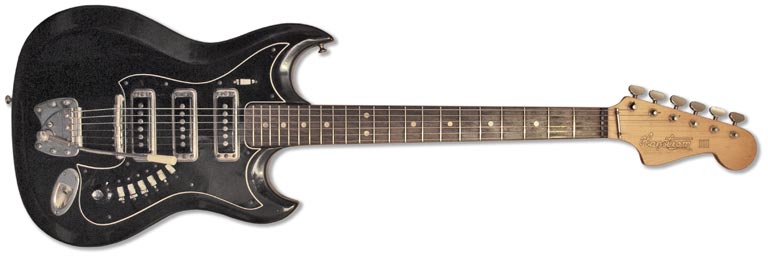
From the 1966 Hagstrom catalogue
“Superb styling and performance is yours. This three-pickup model gives you a wider variety of tonal effects and added brilliance”
From the 1968 Hagstrom catalogue
“This models gives a wider variety of tonal effects and added brilliance. Has all the features of the F-200 plus two extra switches for third pickup and to accentuate high and low frequencies”
The Hagstrom III (also H-III or F300 in the United States) was a Swedish-built solid body electric guitar available in the mid-late 1960s. It was a three-pickup version of the Hagstrom II (F-200). Clearly the design of this guitar was influenced by the Fender Stratocaster, and to some extent the Gibson SG, but this is no copy. The HIII is well equipped with three single-coil Hagstrom pickups. And with the easy-action Hagstrom neck, and very useable vibrato you get a really nice playing guitar. Listen to the sound clips below to hear how great the Hagstrom III sounds.
The Hagstrom HIII descended from the very similar Hagstrom De Luxe III, and was first shipped in 1965. The vast majority of production seems to have occurred circa 1966-67, although shipping data suggests examples were leaving the factory as late as 1972. According to the Hagstrom blue book of shipping totals, there were at least 18 batches typically containing between 100 and 1000 guitars, totaling almost 11200 guitars, shipped over 6 years.
The H-III has a birch body and bolt-on neck, with rosewood fretboard, with Fender-style headstock and dot position markers. Hardware (other than the Van Ghent machine heads) is also produced by Hagstrom, with special mention going to the vibrato tailpiece also used on vintage guitars by Guild and Harmony.
Hagstrom II (F-200)
Hagstrom 12 (F-12S)
Hagstrom HIIN (F-200N)
Hagstrom serial numbers have no in-built dates, but there is a look-up book: 677*** tells us that this guitar was from batch 677: 999 HIIIs built in 1966. By 1969 Hagstrom moved from single-coil pickups to humbuckers, and a more traditional 2-volume/2-tone control layout, with the Hagstrom HIIN or F-200N
This guitar, of course, features Hagstrom's patented H-expander truss rod, that allows a low action, and prevents neck twists / warpage. It is no wonder that Hagstrom guitars have a reputation for easy playability.
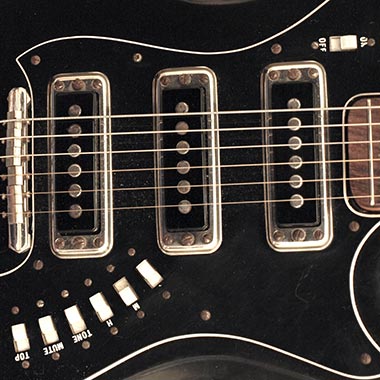
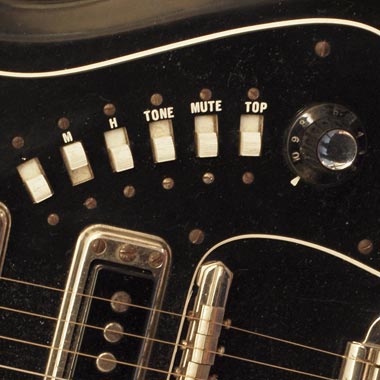
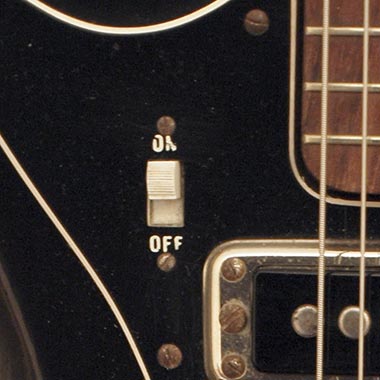
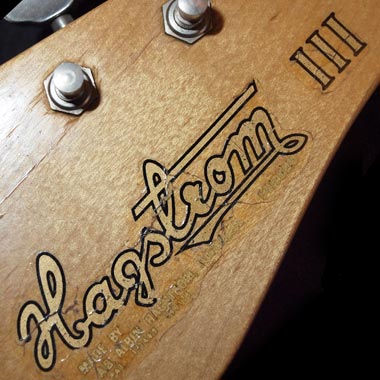
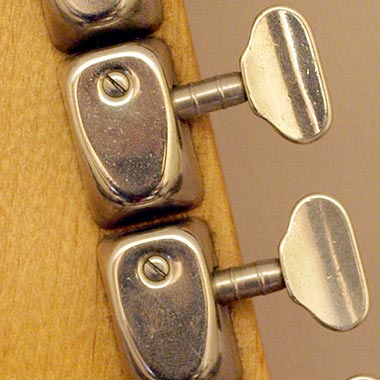

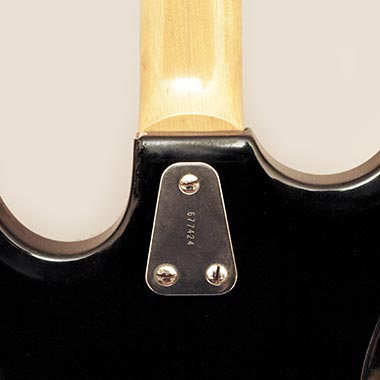
The Hagstrom H3 is a versatile guitar, with a lot of tones, although most on the bright side; I do miss the tone control. Recorded with a Shure SM57 microphone, into an M-audio mobile pre USB interface.
$976
$1600
$800
$995
€650